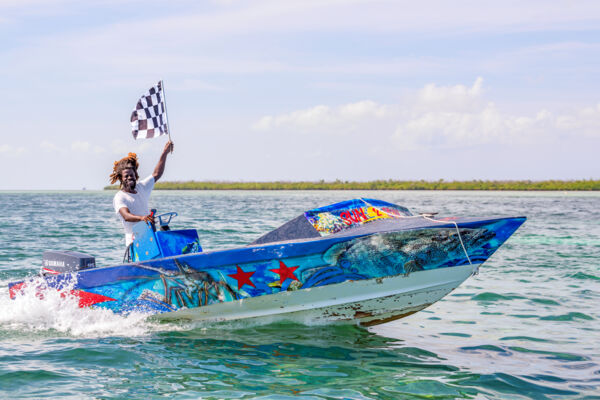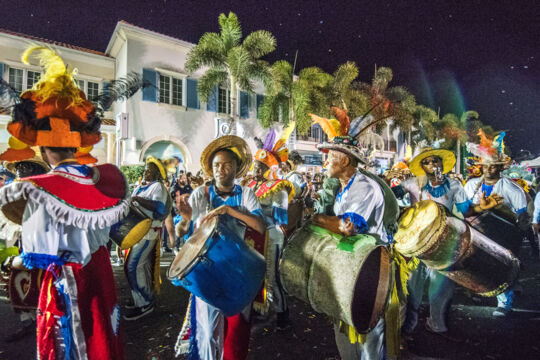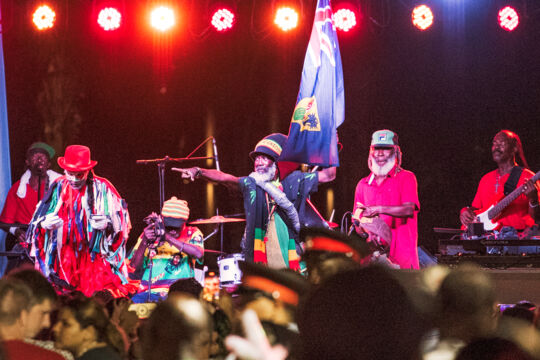A History of African Peoples in the Turks and Caicos
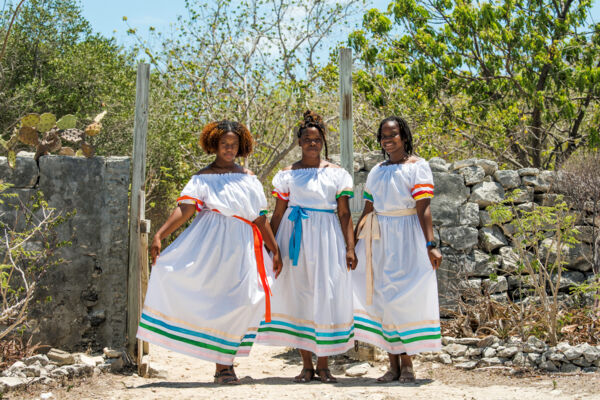
The Turks and Caicos Islands unfortunately has a history long associated with slavery. This includes both indigenous Taíno-language peoples who were enslaved in the Turks and Caicos and moved to Hispaniola and other neighboring islands, and later African slaves who originated in West Africa and were eventually brought to the Turks and Caicos.
When taking a simplified view of the migrations of peoples into the Turks and Caicos, there were three different migration events associated with slavery that contributed to the core group of African-origin peoples in the Turks and Caicos. These events were: slaves and servants brought by the Bermudians pursuing the salt industry (circa the latter 1600s), the slaves brought by British Loyalists to work cotton plantations starting in 1783, and slaves freed by the British from the slave trade in the early and mid-1800s.
These waves of migration have heavily influenced modern-day Turks and Caicos culture.
The Bermudians and the Salt Industry
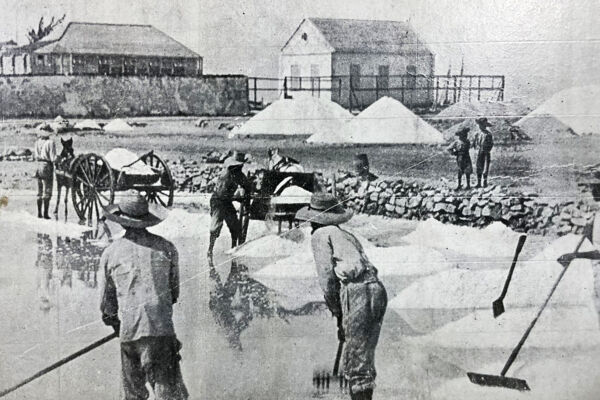
The first Africans to spend an extended period of time or permanently reside in the Turks and Caicos were likely slaves and servants brought by the Colonial Bermudians (primarily to rake salt, but also to fish, dive for conch, and salvage shipwrecks).
Initially, Bermudian visits to the Turks and Caicos were seasonal, yet by the late 1600s or early 1700s, it became a full-time occupancy and the development of the salinas and salt industry began.
The Africans whom the Bermudians brought to the islands as slaves became a core group of peoples primarily in the Turks Islands, yet also to a limited extent in the Caicos Islands. As the economy and industries fluctuated throughout the subsequent three centuries, some of this original core group migrated out to neighboring island nations, including the Bahamas, Jamaica, and Bermuda to seek work, yet they are one of the primary contributors to the country's modern population.
The Loyalists and the Cotton Plantations
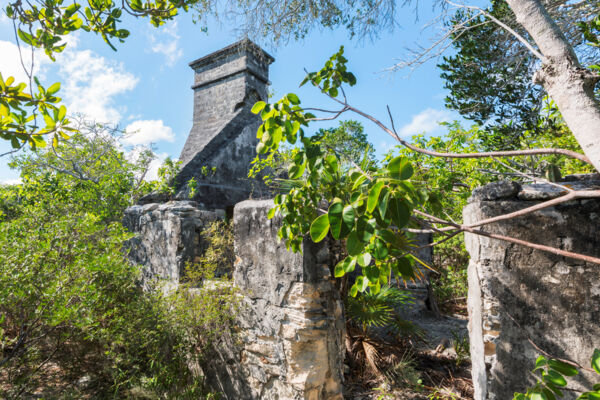
After the American War of Independence, displaced British Loyalists from the American Colonies were granted land by the Crown in other colonies in the Americas, including the Bahamas and Turks and Caicos. A limited number of Loyalists moved to the Turks and Caicos, brought their African slaves, and built cotton plantations on the larger Caicos Islands of North Caicos, Middle Caicos, and Providenciales.
It’s unknown how many African slaves were in the Turks and Caicos throughout the Loyalist period, yet there are many records that reflect numbers held by plantation owners at certain dates. Examples include an excerpt from a report by a traveler that stated that “one planter owning 600 slaves”, which may have been one Wade Stubbs (of Wade's Green Plantation and Cheshire Hall Plantation). Other plantation owners were recorded to have had less than 10 slaves.
The cotton industry declined as fast as it had begun. Pests and diseases, possibly introduced, combined with catastrophic hurricane strikes, and soil erosion were problems that were not understood or planned for, and were ultimately too much, and around the 1820s, many of the plantations ceased planting cotton. After the cotton days, many slaves went on to work the salt salinas, some were likely sent off to other territories, and some remained in the Caicos Islands to eke out an existence.
The Loyalists left a permanent mark on the Turks and Caicos, and the surnames of many of the plantation owners were adopted by their slaves, such as Stubbs, Delancy, Misick, and Lightbourn, which are common surnames in the country today.
British Emancipation
A fundamental change in the direction of the Turks and Caicos was the abolishment of slavery in the British Empire. The Slavery Abolition Act of 1833 further expanded previous rulings and laws in England to include most of the territories and colonies overseas, and took effect in 1834.
With the Slavery Abolition Act came naval actions against slavers, which were treated as pirates, and the deposing of African leaders that supported the slave trade.
The Slave Shipwrecks
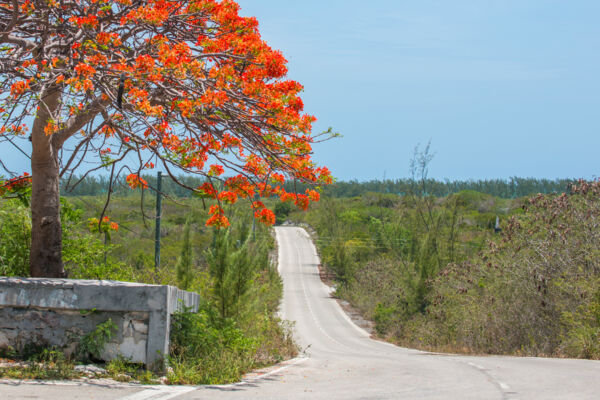
One of the pivotal points in Turks and Caicos history was the wrecking of at least two Spanish slave ships in the Caicos Islands on reefs near East Caicos and Middle Caicos. These wrecks were the Esperanza which sunk in 1837, and the Trouvadore, lost in 1841.
Some accounts suggest a third ship, the Gambia, also wrecked, yet confirmation of such a named ship can’t be reconciled with historical records kept by the British at the time, and Gambia may have referred to the origin of the slaves on either the Trouvadore or the Esperanza. Thousands of ships have sunk in the Turks and Caicos, often with very little or no details having been recorded, so it’s possible that such a vessel sunk, and then relatively few survivors were quietly assimilated into local populations.
Many of the location and island names in the Turks and Caicos had European and Anglican influence, often being named after Loyalist plantation and land owners that originated from Commonwealth territories. Two outliers in the country are found on Middle Caicos: Bambarra, and Nongatown, and these two settlement site names may have originated from African languages or culture. Bambarra with its corresponding Bambarra Beach is one of the three settlements on Middle Caicos (the other two being Conch Bar and Lorimers), and Nongatown is an abandoned village site on the north coast.
Life in the Caicos Islands After Slavery
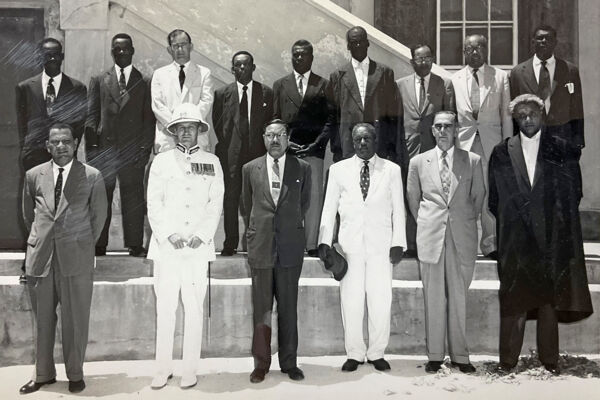
The sea salt islands of Salt Cay, Grand Turk, and South Caicos had an industry that, even with its fluctuations, generally provided adequate income over the centuries. The Caicos Islands, however, experienced hardship after the decline of the cotton plantations.
An interesting array of industries was attempted, including sisal planting, guano mining, sea sponge gathering and farming, lobster and turtle canning, cattle ranching, and wrecking, yet these ventures only provided moderate-income to a relative few, and none became a catalyst for a strong economy in the Caicos Islands.
The Caicos Islands was generally a very quiet place until the advent of the modern tourism industry, starting in the late 1970s.

